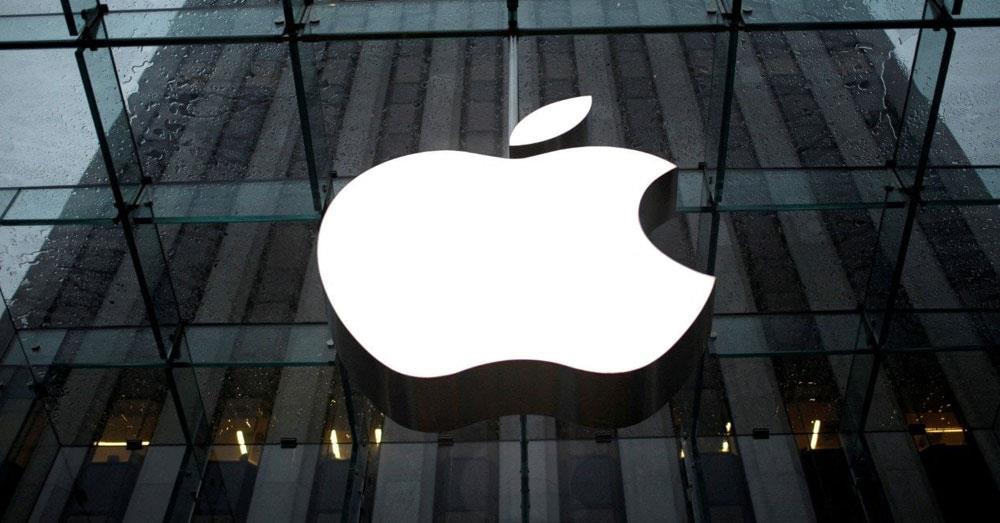CUPERTINO, Jan 27 (Reuters) - Apple on Thursday (Jan 27) reported record sales in the holiday quarter, beating estimates due to high iPhone demand and growing subscribers, even as a chips shortage that it said has begun easing cost it over US$6 billion in revenue.
Apple shares rose over 3 per cent to US$164.30 in after-hours trading. But they have been down 10 per cent this year, in line with the broader market, as investors reconsider stocks that have soared during the pandemic and shift funds toward safer assets.
The record results for the quarter ended Dec 25 reflected what analysts have described as Apple taking advantage of its incredible size. The company, which has more than 1.8 billion active devices in the market, has been able to squeeze suppliers and manufacturers to produce big quantities of iPhones and other devices despite shortages brought on by the pandemic and most recently the Omicron variant.
"They've navigated the supply chain better than everybody, and it's showing in the results," said Ryan Reith, who studies the smartphone market for industry tracker IDC.
Demand during the holiday quarter outstripped supply in line with Apple's expectations, Chief Financial Officer Luca Maestri told Reuters in an interview, noting that the effect was more than US$6 billion in lost sales. But he said constraints would decrease in the current quarter, ending in March.
"The level of constraint will depend a lot on other companies, what will be the demand for chips from other companies and other industries. It's difficult for us to predict, so we try to focus on the short term," he said.
With few rival phones debuting in the holiday shopping season, the iPhone 13, which started shipping days before the quarter began, led to worldwide phone sales revenue for Apple of US$71.6 billion, a 9 per cent increase from the 2020 holiday season that handily beat Wall Street targets, according to Refinitiv data.
Apple's smartphone market share in China reached a record 23 per cent in the holiday quarter, when it was the top-selling vendor there for the first time in six years, research firm Counterpoint Research reported on Wednesday.
The company's overall fiscal first-quarter revenue was US$123.9 billion, 11 per cent up from last year and higher than analysts' average estimate of US$118.7 billion. Profit was US$34.6 billion, or US$2.10 per share, compared with analysts' expectations of US$31 billion and US$1.89 per share.
The pandemic has accelerated adoption of digital tools for communication, learning and entertainment, powering Apple to blowout sales across each of the company's segments, including computers, accessories and tablets.
Apple's services business, which covers paid apps such as Apple TV+, Apple Music and Apple Fitness, also has seen a big bump. Services revenue rose 24 per cent to US$19.5 billion, topping analysts' estimates of US$18.6 billion. The company has 785 million paying subscribers across its offerings, an increase from 620 million a year ago and 745 million last quarter.
Sales for iPads fell 14 per cent to US$7.25 billion compared with analyst estimates of US$8.2 billion, seeming to confirm industry predictions that iPads would have low priority for any scarce parts.
Sales for Macs rose 25 per cent to US$10.9 billion compared with estimates of US$9.5 billion, and sales for accessories rose 13 per cent to US$14.7 billion compared with estimates of US$14.6 billion.
For investors, the growing services business is helping mitigate production challenges. Apple is trading at 27 times expected earnings over the next 12 months. While down from as much as 35 a year ago, it remains above the company's five-year average of 20 times expected earnings, according to Refinitiv.





